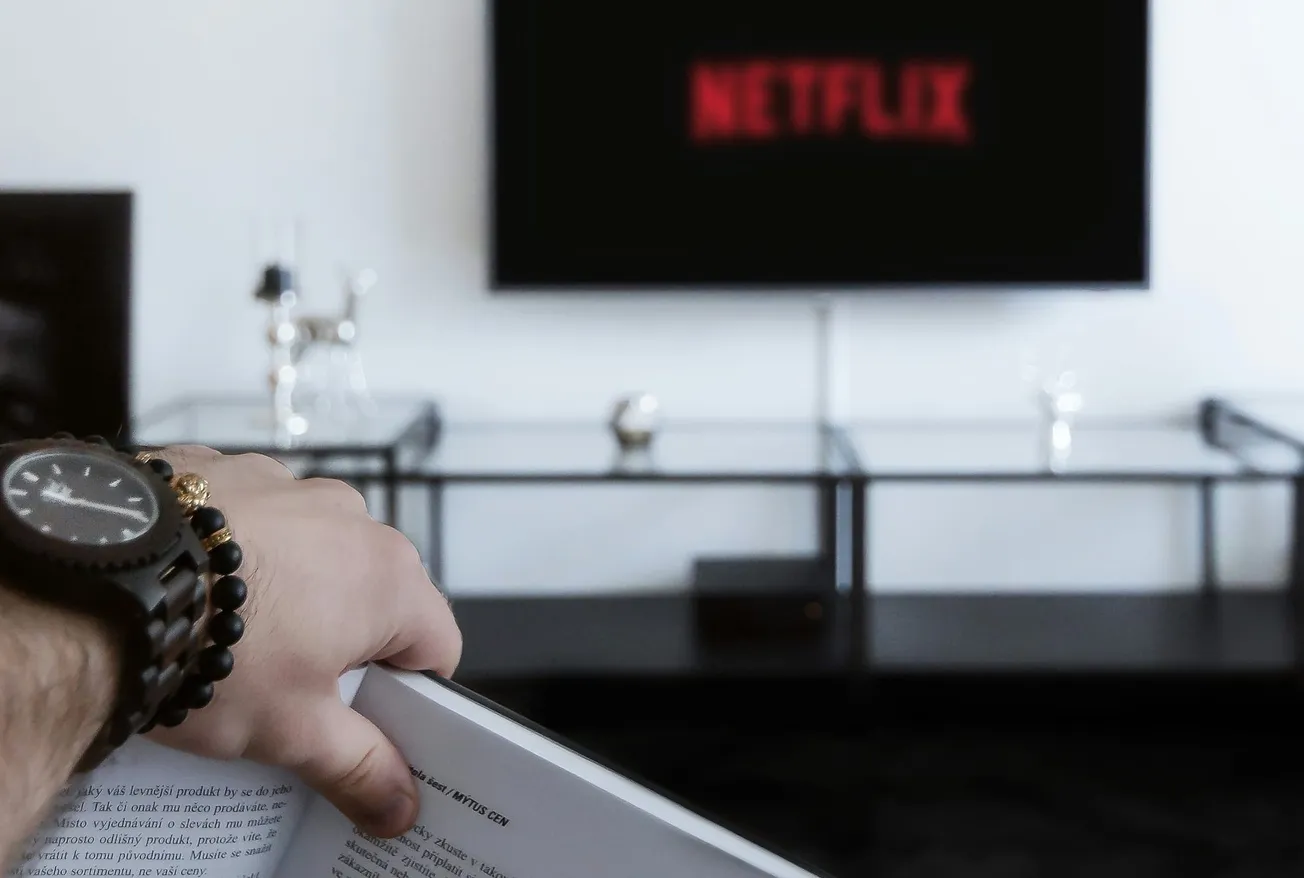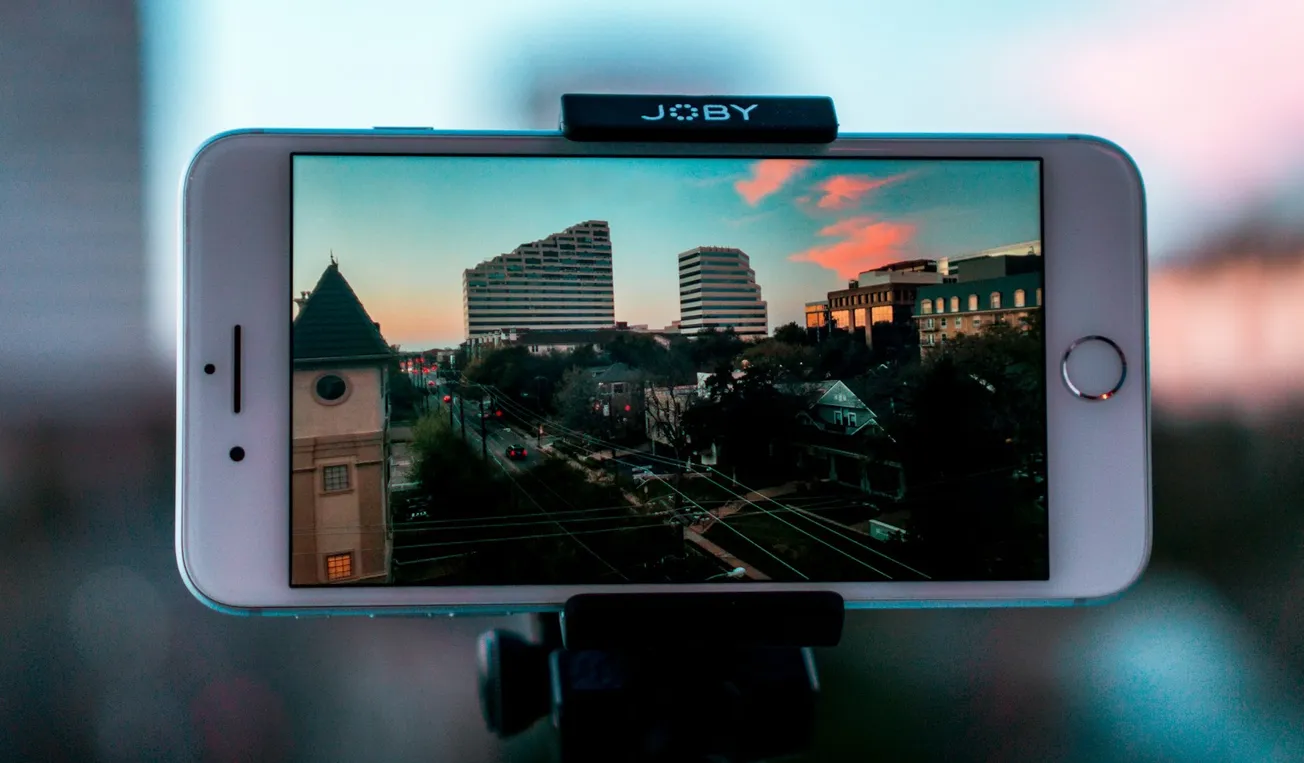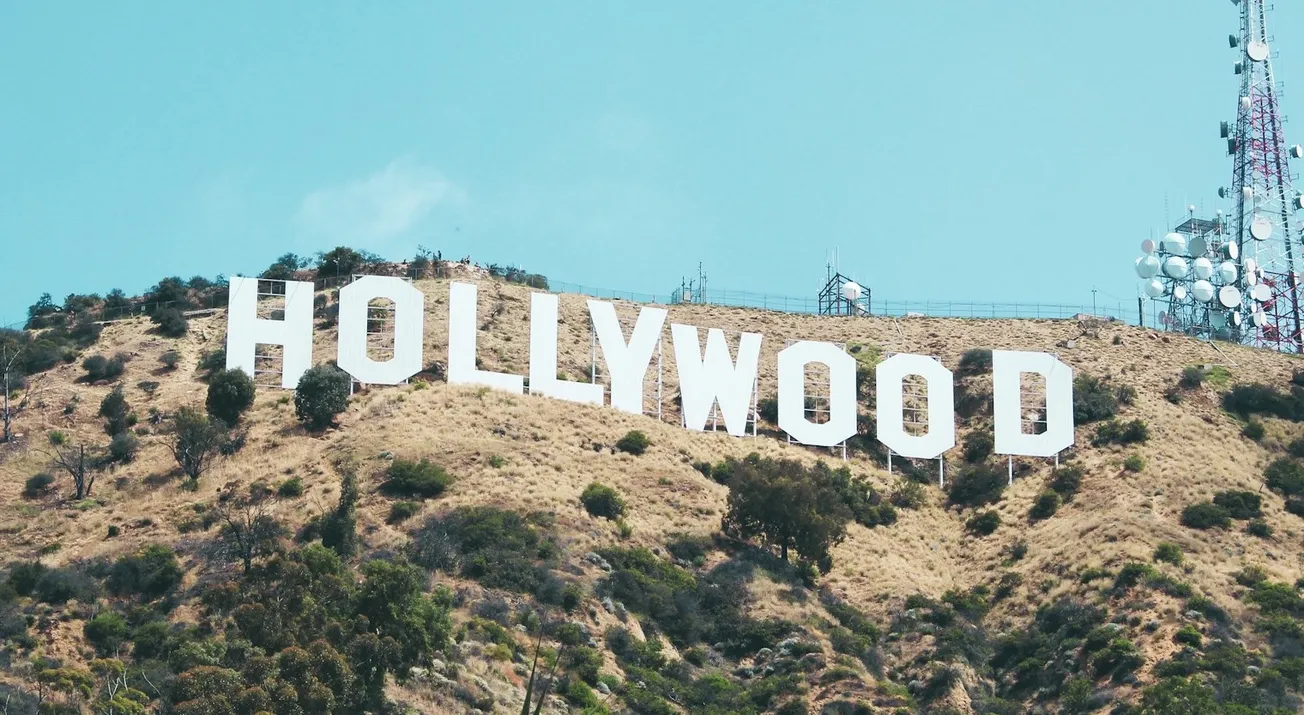Table of Contents
For production executives, harnessing the power of social media goes well beyond going down the LinkedIn rabbit hole for connections and community. It needs to start with a clear-eyed view of (often related) objectives—e.g., awareness, engagement, and perhaps even sales—and then a plan that plays out across multiple platforms.
Done right, social media campaigns can be game-changing in engaging audiences, establishing differentiation and specialties, building anticipation and buzz, and driving traffic to websites and social accounts. We asked Rob Bratskeir, a consumer and media PR veteran, and GM of Three Cheers PR, about how producers can leverage digital channels effectively.
Building Awareness: If anything, social media is made for giving production executives opportunities to build, extend, and enhance their brands’ visibility. Establishing a strong online presence through official accounts or dedicated pages for projects fosters direct connections with target audiences. And as production execs know as well as anyone, content is king, so whether posting something self-made or sharing something created by others, choose wisely.
Bratskeir counsels his clients to share behind-the-scenes photos, videos, and updates to create anticipation and interest. For example, his agency recently handled the opening of a lounge in Aspen, Colorado for a major, high-end whiskey client. His team produced VIP opening night content meant to foment FOMO while telling the brand’s story for a national audience, and is deploying it (in different lengths) across Instagram and other platforms.
Engaging with fans and followers: Instagram, Facebook, YouTube, and TikTok aren’t just “one to many” platforms. They offer direct lines of communication between production chiefs, crews, cast members, and (often) superfans. Driving more engagement with these audiences is as simple as responding to comments, messages, and mentions.
When keeping up starts taking too much time, consider hiring an in-house social media manager or team, like numerous productions and networks have done, or otherwise, retain a consultant or agency like Bratskeir’s to keep up with (or even start) online conversations. The right experts can also counsel how to boost visibility and engagement using each platform’s paid promotion tools, and then analyze results to optimize any future spend.
Some productions even tap fans for decision-making, which can both strengthen relationships and glean valuable insights and feedback during pivotal moments.
Similarly, Bratskeir preaches the power of tapping the popularity and social media presence of casts for promotion (and it goes well beyond A-list talent with millions of followers). Encourage them to share updates, behind-the-scenes content (with your approval), and exclusive insights on their personal social media accounts. Doing so will expand reach and can encourage fans to connect with others involved in the production.
Teaser Campaigns, Exclusive Content, and "Live" Opportunities: Following a similar line of thought, social media is made for generating excitement for projects long before release. Posting well-edited short teasers, mini-trailers, behind-the-scenes footage, or other forms of compelling content—mostly stuff already “in the can”—builds anticipation with relatively low lift
Think about how early-on we started seeing Barbie show up on screens of all sizes. While built for mass appeal, this brilliant, made-to-share campaign created a sense of exclusivity on iPhone screens and motivated newly-made fans to follow the project’s social media channels for updates, months and months before Barbenheimer’s opening weekend. And fortunately, you don’t need a half-billion in marketing dollars to do this kind of thing well and have it go viral. Just ask the team behind M3GAN (the anti-Barbie if there ever was one...not least of which, budget-wise) if they think social media buzz helped their opening week gross.
Influencer Collaborations: Collaborating with influencers and popular social media personalities can amplify reach and attract new audiences. Identify influencers whose content aligns with your project's target audience and collaborate with them to promote your production. This can include sponsored posts, takeovers, or exclusive interviews. While most influencers with big follower counts and high engagement rates will require payment, numbers can sometimes be negotiated down—sometimes all the way to zero—for the opportunity to “break” content, so their fans see it first.
Make sure to have an agreement with any paid influencer in place before content goes live, stipulating parameters such as an exclusivity period, so you’re not one in a sea of production companies on their feed, and you’re right to review and comment on content before it pushes live.
For all the upside potential. Bratskeir warns, choose wisely. Make sure there’s a brand fit and an audience fit; go deep into candidates’ feeds to scan past posts, he counsels. The list of brand-damaging, ill-considered influencer relationships is long and grows every day.
In Bratskeir’s view, ignoring social media at this point could put your production at a real disadvantage. "Leveraging Social Media is simply the best way to promote your project today and failing to do so, even with the risks, may effectively make your production that falling tree in the forest that no one hears. Or if you prefer, that one hand clapping sound.”








